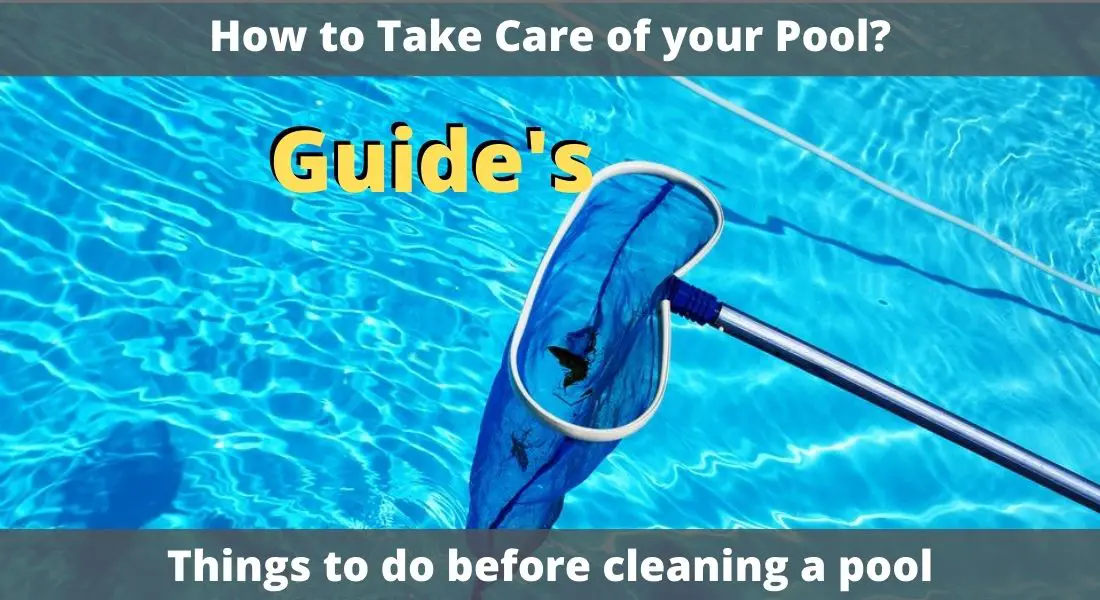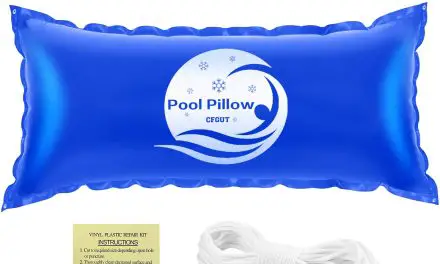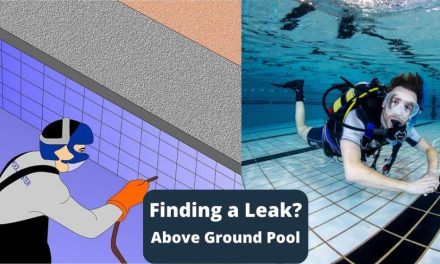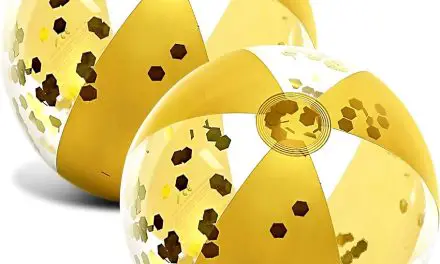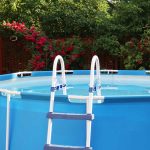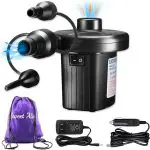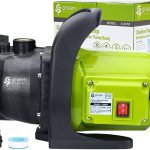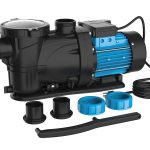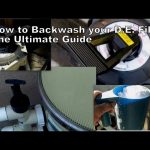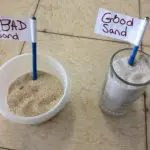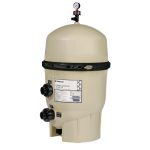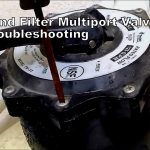Are you interested in learning how to take care of an above ground pool? If your answer is yes, then this is the right article for you. We know that people enjoy playing in the water during the summer or warmer months.
If you have just installed a pool for the first time, you may not know how to maintain above ground pool. And even when you learn it, you can find it challenging or complicated at first, and then after a few days, it will become less tasking to you.
In this write-up, we will explain the steps you can take to maintain your above ground pool with ease or like a pro.
How to Take Care of an Above Ground Pool? – Things to do before cleaning:
Take Care of an Above Ground Pool is very important. Regular maintenance and cleaning of your pool should take place at least once a week, or more often if needed. The steps below will walk you through the process of maintaining your pool:
1. Remove the debris with a flat skimmer net:
After using your pump filter to clean the pool, if there are still pieces of debris left in it, you can use a flat skimmer net to remove them. To use this equipment, hold the wand with the skimmer net attached to it.
Now drag it over the surface of the pool to capture the debris with the net. This is a good development if you have your pool in your backyard. Strong winds leave an area messy with lots of leaves.
If you have some leaves in your pool, using a net to remove them will be effective. You may opt to use a leaf rake as well for quicker cleaning.
2. Brush the pool:
If you are not using an inflatable pool, you may need to brush the pool during the cleaning. Unclean pools can produce algae. This is why brushing is necessary when taking care of your pool.
Attach a brush head to a telescopic wand then stretch it into the pool for brushing. We suggest that you learn how to use a brush to clean an above-ground pool before performing the task.
3. Test the alkalinity of the water:
After cleaning the pool, the next step is to test the alkalinity of the water. This process is called testing the chemical levels. You need test strips for this task. There are digital test strips that can be used to test for 5 or 6 parameters. These parameters are the total hardness of the water, total chlorine, free chlorine, bromine, total alkalinity, and pH level. These fantastic test strips are easy to use, and they provide instant results that you can rely on. Ideally, results should take no more than 30 seconds after dipping the strip in the pool.
A test strip is a must-have if you own a pool, as it aids in maintaining the water quality of your pool. And you can perform alkalinity tests, as well as tests for other critical parameters at least twice a week.
4. Adjust the chemicals if necessary:
If you test the chemical levels and discover that a chemical is not at the right level, you should adjust it accordingly. For instance, if the pH is too high, add a pH-reducing chemical to get the right pH level.
This development goes for the other chemicals. The manufacturers provided instructions on how to apply these chemicals. All you have to do is follow the instructions.
5. Add shock to the water:
Aside from all the steps above, you still need to shock the water to remove contaminants and boost the chlorine levels. Wait until the chlorine levels drop to the ideal range, then you can start enjoying your pool.
To maintain your pool, you need to take care of your equipment regularly too. You can do this either before or after cleaning the pool. The most important thing is always to maintain the machine.
When you do this, it will always produce optimum performance when cleaning your pool with it. And as a new pool owner, you need to learn this technique.
1. Run a filter pump:
To ensure that the water in your pool stays clean, you should always run the filter pump. Try to do this for at least 8 hours a day. The pump will filter dirt and debris from the pool, leaving it clean.
2. Backwash the pool:
When you notice that your filter is trapped with sand or debris, you need to backwash it. When you do this, you will be flushing out the waste that is trapped in the filter.
The reason for this is to clean the filter systematically instead of manually. The whole process takes just a few minutes- about 2 to 3 minutes in most cases. But it is recommendable to follow the manufacturer’s instructions regarding this process.
3. Clean the cartridge filter periodically:
It is advisable to clean your cartridge filter periodically to ensure optimum performance from your pump filter. To do this, you should always remove the cartridge filter and rinse it with water. You can use a garden hose for this process.
Fix one end of the hose to your water tap, open the faucet, and then splash water over the filter to remove dust and debris. The water pressure will flush out dirt from the filter.
4. Always empty the filter pump basket:
Another maintenance service that you can carry out regularly on your above-ground pool is the emptying of the pump baskets. Professional pool cleaners suggest that you do this at least once a week. A basket collects all the dirt and debris that the pump filters.
Remove that basket then throw out the contents. Use your garden hose and water to clean it thoroughly then fix it back in the pump. It would help if you also did this for the skimmer basket as this development enhances the filter pump performance.
Final Verdict:
Apart from the steps, we provided on how to take care of an above-ground pool, another convenient method is to use a vacuum cleaner. Yes, you can vacuum clean a pool, but you need the right machine for this purpose. This equipment comes with a user guide to teach you how to operate it, so you need not worry about how to use it.

